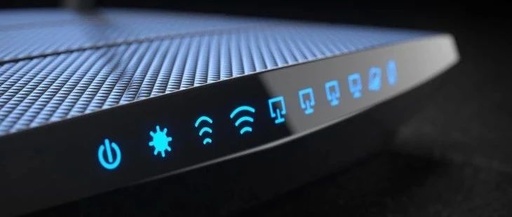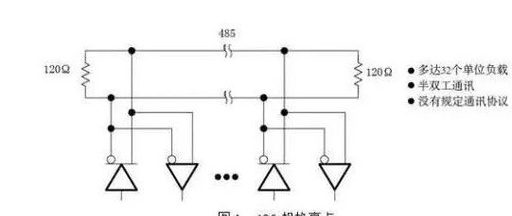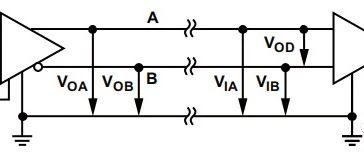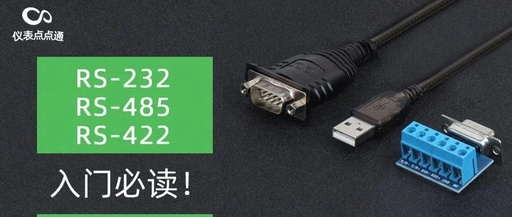Bus Technology Overview
Click the above “Mechanical and Electronic Engineering Technology” to follow us A bus, known in English as “BUS”, is very much like a public bus. For instance, the route of a public bus is fixed, and anyone can take the bus to any stop along that route. If we compare people to electronic signals, this … Read more





